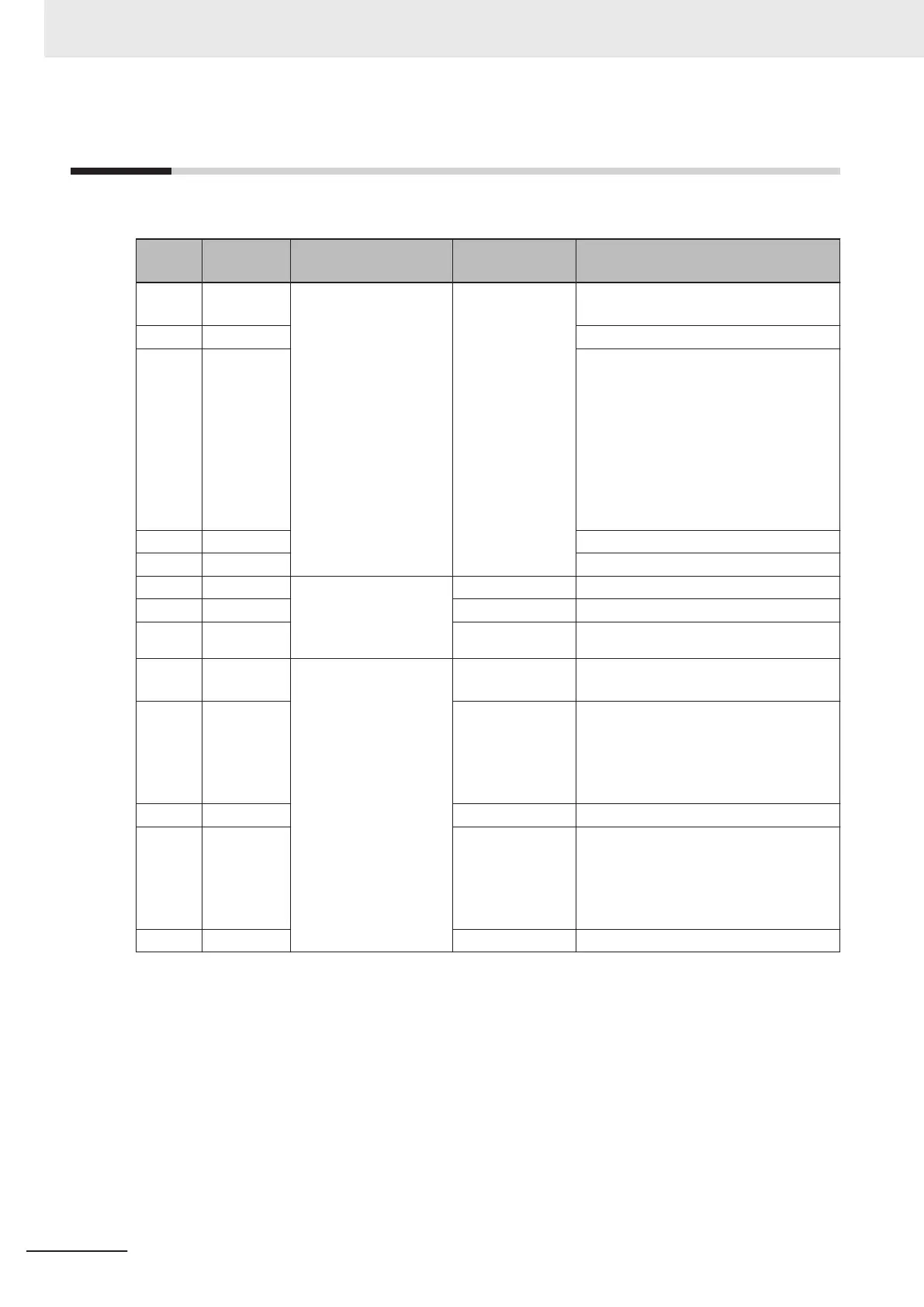A-2
Network Port Allocation
Network ports are assigned as described in the table below.
Port Protocol Category
Initiator to Re-
cipient
Details
37 TCP Intra-fleet Communica-
tions Ports.
Used to broadcast con-
figuration updates to
AMRs, to dispatch job
commands, and to
share position and tra-
jectory updates
throughout the fleet.
AMR to Fleet
Manager
Maintenance, Management, and Fleet
ports use this.
5000 TCP/UDP Fleet port uses this.
Range
10000
and up
UDP For UDP Range 10000 connections and
up, such as an AMR connecting to a
Fleet Manager, this protocol grows with
the number of robots. For best results,
allocate at least twice as many UDP
ports as there are AMRs in the fleet. For
instance, a fleet of 20 AMRs should
have an allocated range of
10000-10039.
7272 TCP/UDP
1884 TCP
5672 TCP Integration Toolkit TCP
Ports.
Excludes dynamically
allocated port numbers.
RabbitMQ AMQP
8443 TCP ITK REST
5432 TCP PostgreSQL
443 TCP Configuration and Moni-
toring of Fleet.
Used for MobilePlanner
connections to the Fleet
Manager and AMRs for
monitoring and configu-
ration.
Client PC to Fleet
Manager
Maintenance and Management ports
use this.
Range
7272
and up
TCP/UDP Client PC to Fleet
Manager
This protocol uses as many ports as
there are AMRs. Each AMR that con-
nects uses the next available port >=
7272. For best results, allow a large
number of ports, such as 7272-7999.
7272 TCP/UDP Client PC to AMR
Range
10000
and up
UDP Fleet Manager
Appliance to Cli-
ent PC.
This protocol uses as many ports as
there are AMRs. Each AMR that con-
nects uses the next available port >=
10000. For best results, allow a large
number of ports such as10000-10999.
10000 UDP AMR to Client PC
Appendices
A-4
AMR (Autonomous Mobile Robot) MD-series Platform User's Manual (I681)
